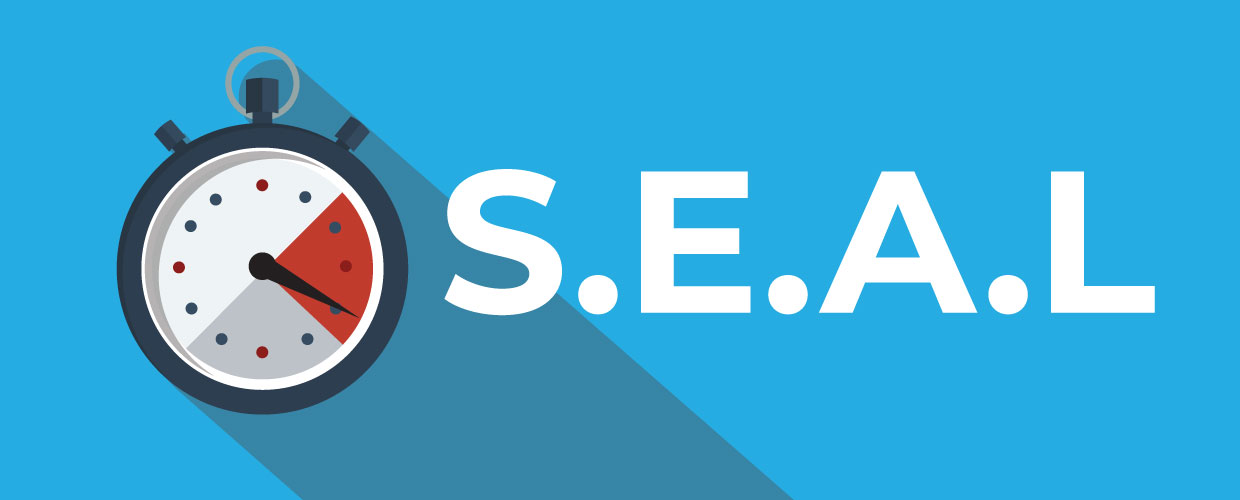Crisis Leadership
Published: Apr 24, 2020

By AMA Staff
Agility is a word used so often in business that its real meaning and implications sometimes get lost. What does it truly mean to have an agile organization? Being agile means that your business incorporates qualities and practices to help recognize when changes are coming—and can respond to them quickly and effectively. Agility is also about maintaining a guiding vision, so you don’t lose momentum.
Fair enough—but in practical terms, how do you accomplish all of these things? The SEAL Approach is a great place to start.
The SEAL model is a valuable tool that supports businesses in promoting organizational agility and resiliency. A high degree of agility can help your business react successfully to change, whether it’s a dramatic upheaval in the case of COVID-19, or more common changes such as the emergence of new competitors, the development of industry-changing technologies, or unexpected shifts in overall market conditions.
The SEAL approach offers a methodology to help companies effectively scan the competitive landscape, pilot test for new products and markets, adapt the business as needed, and create new ways for the organization to learn and evolve.
Understanding the model. SEAL stands for: Scan, Experiment, Adapt, and Learn and Grow. The first phase, Scan, involves continuous scanning of the environment to identify challenges to your existing business, as well as opportunities to create new business. Any possible threats to your market position must be carefully monitored so you can be prepared to re-position your business, if necessary. You also need to be aware of your competitors’ market environment, because that, too, can ultimately impact your organization.
Get ready to experiment. Now it’s time to put your findings from the Scan phase to work. The Experiment phase involves regularly engaging in strategic experiments and even piloting small-scale tests, whether it’s for emerging technologies, new work practices, products or services, or customer segments or markets. The idea is that a basic, viable product or service will be the end result of this phase.
Flex your business to the market. In the Adapt phase, you first evaluate what areas need to be changed in your business to implement the change: how people are organized, which processes and policies need to be adjusted, what leadership and workforce skills are necessary, and more. You must come up with an adaptive business architecture so that assets needed to help you stay competitive can be quickly configured in response to changes in the business environment.
Stay open to all the possibilities. Agile organizations develop new capabilities in the Learn and Grow phase. Your business needs to cultivate an environment where your teams can feel free to learn and push boundaries. Develop innovation skills, create support groups for creative thinking, and establish your own internal “innovation lab.” Apply this “grow” mindset to everyday business so that your organization can continue to enhance its capabilities and evolve with the outside world.
With the right approach, you needn’t feel intimidated by any kind of change, no matter how momentous. Consider it as a new opportunity for both your business and your people. Use the SEAL model the way it best suits your business. There are many other aspects of the model, so it’s also worth your time to look into additional related tools and skills.
For a helpful visual summary of key points of the SEAL Approach, check out our free infographic
View Now
Click here to learn more about our OnDemand Crisis Management Course